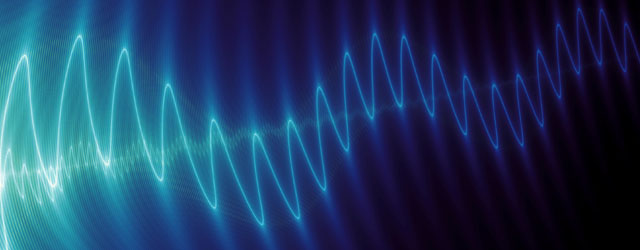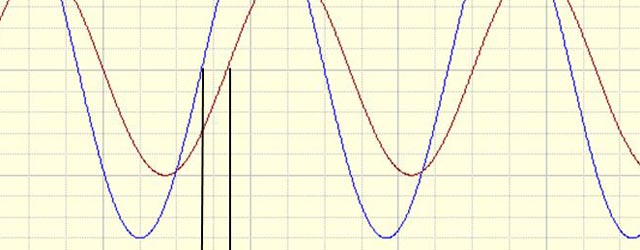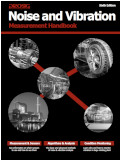Reference frequency for third octave filters
A DATS user asked…
We are using the third octave band filter at very low frequencies (~1Hz) and I noticed that the response of the filter could introduce very significant errors for short or transient signals. Looking a bit more in details at the function, the help says:
“For audio work ISO standards use a reference frequency of 1kHz not 1Hz”
Does that implies that for non-audio work, a reference frequency of 1Hz should be applied? If yes, is it possible to change this reference frequency in the dats function?
Dr Mercer replied…
Essentially there is no problem and no need to change the reference frequency provided you use Base 10 mode and not Base 2. Base 10 is the ANSI S1.11-2004 preferred scheme. (more…)


















